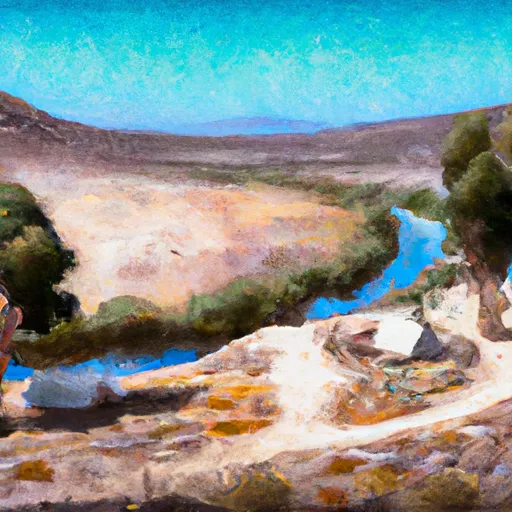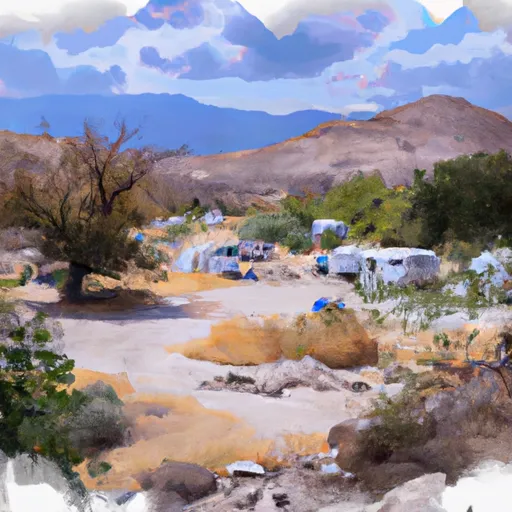Summary
Known for its picturesque landscapes and diverse outdoor recreation opportunities, Smith offers a unique experience to residents and visitors alike. The climate in Smith is characterized by hot, dry summers and mild, cool winters. With an average annual temperature of 65°F, it provides favorable conditions for outdoor activities throughout the year.
Hydrologically, Smith benefits from several bodies of water, including rivers, lakes, and reservoirs. These water sources not only offer scenic beauty but also provide ample opportunities for fishing, boating, and water sports. The constituents of Smith's hydrology also support diverse wildlife, making it an ideal destination for birdwatching and nature enthusiasts.
In terms of outdoor recreation, Smith boasts an array of activities for adventure seekers. Hiking and biking trails wind through the scenic landscapes, offering stunning views and opportunities for exploration. The surrounding mountains provide excellent terrain for camping, rock climbing, and even winter sports like skiing and snowboarding.
In conclusion, Smith, Nevada offers a pleasant climate, diverse hydrology constituents, and a range of outdoor recreation opportunities. Whether you enjoy water activities, hiking, or simply immersing yourself in nature, Smith is an ideal destination to experience the beauty and tranquility of the great outdoors.
Weather Forecast
Smith receives approximately 198mm of rain per year, with humidity levels near 60% and air temperatures averaging around 11°C. Smith has a plant hardyness factor of 6, meaning plants and agriculture in this region thrive during a short period during spring and early summer. Most plants will die off during the colder winter months.
Area Campgrounds
| Location | Reservations | Toilets |
|---|---|---|
 Wilson Canyon
Wilson Canyon
|
||
 Desert Creek
Desert Creek
|
||
 Desert Creek Campground
Desert Creek Campground
|
